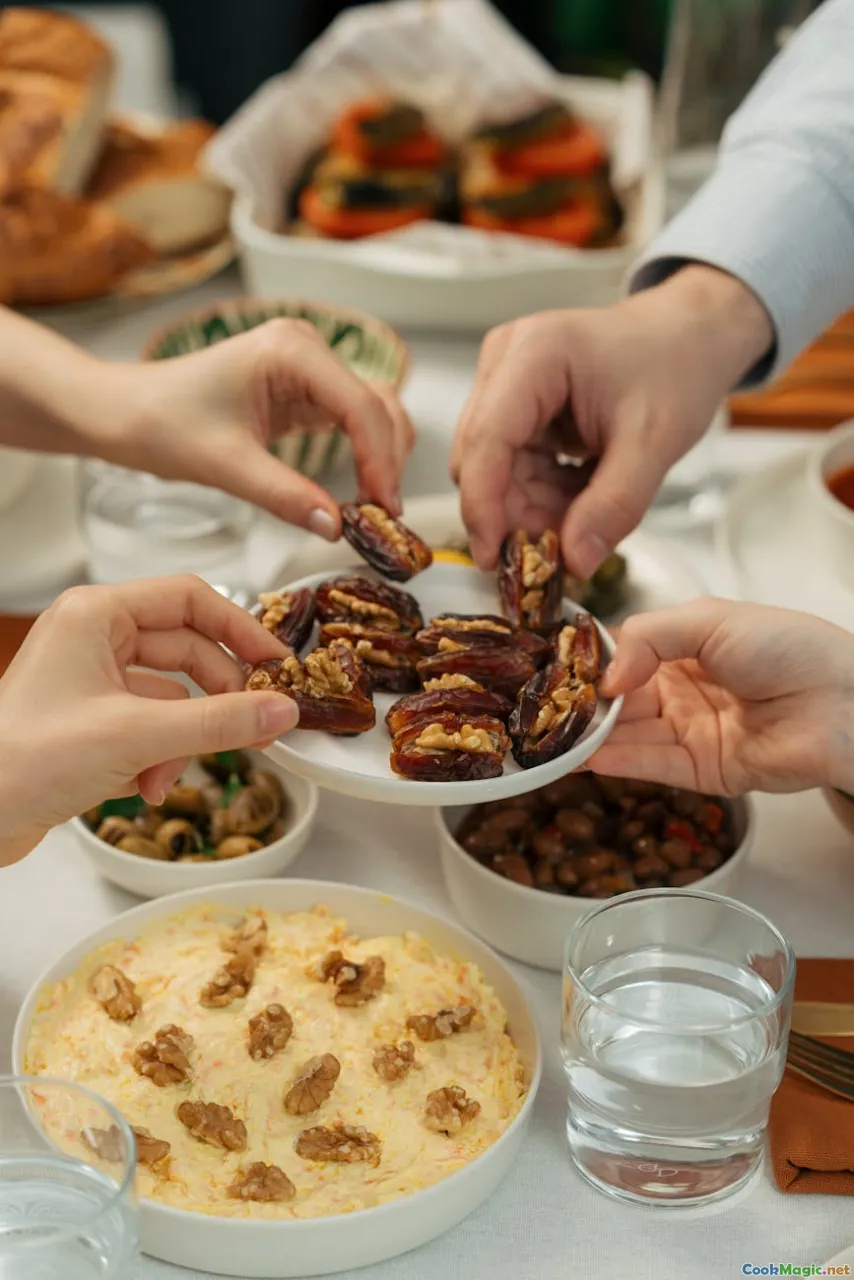Global Cuisine and Its Dining Rituals
7 min read Explore the rich tapestry of global cuisines and their unique dining rituals that reflect history, culture, and identity around the world. April 27, 2025 09:55
Global Cuisine and Its Dining Rituals
Imagine walking into a bustling street market in Morocco, tasting the fragrant aroma of spiced tagine, or witnessing the meticulous tea ceremonies in Japan that span hours—each a window into the soul of its culture. Food is much more than sustenance; it is a story, a tradition, a ritual that binds communities, preserves history, and expresses identity. Across every continent, diverse dining customs reveal the values, social structures, and histories of people, transforming eating into a profound cultural experience.
In this exploration of Global Cuisine and Its Dining Rituals, we delve into the fascinating world of culinary traditions — from the formalized tea ceremonies of East Asia to the communal feasts of Africa, from the elaborate etiquette of European banquets to the spontaneous street food gatherings in Southeast Asia. These rituals, often overlooked in everyday dining, serve as a bridge connecting generations and continents, shaping social harmony and cultural pride.
The Cultural Significance of Dining Rituals
Dining rituals are the language through which cultures communicate their values and social hierarchies. They often embody centuries of history, religious beliefs, and social norms. For example:
- Japan’s Tea Ceremony (Chanoyu): An artful ritual emphasizing harmony, respect, purity, and tranquility. Every movement, from whisking the powdered matcha to serving delicate sweets, is choreographed to foster mindfulness and respect.
- Ethiopian Coffee Ceremony: A communal experience where coffee beans are roasted, ground, and brewed in front of guests, symbolizing hospitality, community, and tradition.
- French Formal Dining: A ballet of precise table manners, multiple courses, and wine pairings that reflect refinement, etiquette, and culinary artistry.
These rituals are not merely about the food but about creating a meaningful experience—an affirmation of cultural identity and social cohesion.
Regional Highlights: Unique Food Customs Around the World
East Asia: Rituals of Respect and Precision
**Chinese Banquets:**Often grand affairs with multiple courses, where each dish has symbolic meaning—fish for abundance, lotus seeds for fertility. The seating arrangement reflects social hierarchy, with elders and honored guests seated facing the entrance.**Japanese Kaiseki:**An intricate multi-course meal that highlights seasonality, aesthetics, and harmony. Each dish is a miniature masterpiece, emphasizing balance and natural beauty.Korean Soju Drinking Etiquette: Drinking is often accompanied by ritualistic gestures, such as turning away from elders when taking a shot or using both hands to pour and receive drinks, signifying respect.
South Asia: Celebrations and Spirituality
**Indian Thali:**A platter of various small dishes served together, symbolizing community and balance. Eating with the right hand is customary, emphasizing mindfulness and connection.Nepalese Tandoori and Yak Butter Tea: Reflecting the rugged landscape and spiritual traditions, these rituals involve specific preparation methods and communal sharing.
Africa: Communal Feasts and Oral Traditions
**Ethiopian Injera and Wat:**The act of sharing injera (flatbread) from a communal platter fosters unity and symbolizes peace.South African Braai (Barbecue): A social event where grilling meat over open flames is an occasion for storytelling, bonding, and celebration.
Europe: Elegance and Etiquette
**French Bistro Culture:**The leisurely pace, wine pairings, and conversation reflect a culture that values savoring, artistry, and social interaction.Spanish Tapas: Small plates shared among friends, promoting conviviality and lively discussion.
Southeast Asia: Spontaneous and Flavorful
**Vietnamese Pho:**A daily comfort food that embodies balance—aromatic herbs, tender beef, and fragrant broth—prepared with care and tradition.Thai Street Food: Vendors meticulously craft dishes like Pad Thai or Som Tum, emphasizing freshness, bold flavors, and quick social interaction.
Personal Reflections and Experiences
Having traveled extensively, I’ve observed that the essence of these rituals lies in their ability to bring people together. I remember sitting around a rustic Ethiopian table, tearing injera with my hands, feeling the warmth of community, or participating in a Japanese tea ceremony where each gesture was a meditation on respect and harmony. These experiences transcend taste—they become memories etched deeply into our understanding of human connection.
The Modern Intersection of Tradition and Innovation
Today, culinary traditions face the challenge of modernization. Yet, they also adapt, blending old rituals with contemporary influences. For example:
- Fusion cuisine often incorporates traditional ingredients into new formats.
- Virtual tea ceremoniesandonline cooking classes keep rituals alive across distances.
- Food festivals celebrate diverse customs, encouraging cross-cultural appreciation.
Despite these changes, the core values—respect, community, mindfulness—remain steadfast, reminding us that food rituals are timeless threads weaving us into a shared human tapestry.
Conclusion: Embracing the World Through Food
Every culture’s dining ritual is a story worth exploring, a tradition to honor, and an experience to cherish. They teach us patience, respect, and appreciation for the diverse ways humans nourish not only their bodies but also their spirits. As we navigate an increasingly interconnected world, embracing these rituals fosters understanding and respect, reminding us that at the heart of every meal is a universal desire for connection.
So next time you sit down for a meal, consider the history, the ceremony, and the community that surrounds it. In doing so, you partake in a global dialogue—one where every bite is a celebration of our shared humanity.









